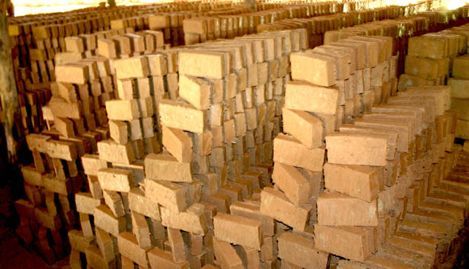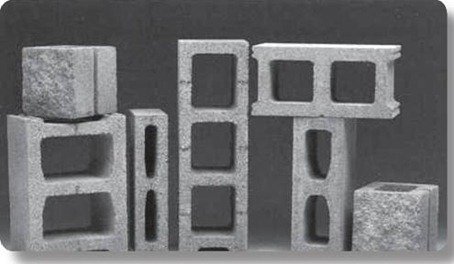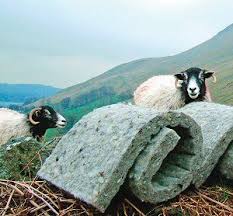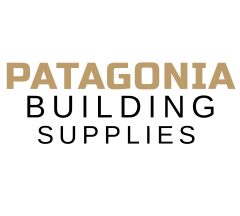A rebounding construction market combined with an increased focus on sustainability has created the perfect environment for innovation. Consumers and businesses are keeping a closer eye on energy costs, and many see construction projects as an opportunity to set a positive example. As such, researchers are scrambling to come up with building solutions that are more environmentally friendly yet just as effective as their predecessors.
Below, read about four of the most exciting innovations that are paving the way for the next generation of building materials.
1. Self-Regulating Materials for Temperature Control
Indoor climate control has always been a challenge. The bigger you build, the less ability you have to fight against the natural elements on the other side of the wall. The right insulation can get you partway there, but as outside temperatures fluctuate, building occupants are inevitably forced to tweak indoor conditions. The constant up and down, while doable, can run a significant energy bill.
The good news is that the solution might be right under our noses. Researchers are taking a close look at how organisms are able to maintain equilibrium for everything from sugar content levels to temperature. Remarkably, biology allows most living things to regulate inner temperatures regardless of outside conditions, by way of surprisingly basic biochemical reactions. It’s not just complex organisms — even primitive ones have at least some ability to regulate heat.
What does that mean for building materials? Essentially, scientists are attempting to mimic in buildings what we are able to do naturally: self-regulate based on environment. Early prototypes have taken the form of self-regulating gels that effectively respond to outside temperature; in other words, they are made to heat when conditions are cold and remain inactive when within the right temperature range. It’s like wrapping your building in an ultra-responsive and efficient thermostat.

2. Sustainable Concrete and Brick
We live in a concrete world, but that comes with a downside: Concrete production is dirty. It emits an enormous amount of carbon. Exacerbating the problem is that concrete is strong but not permanent, and that means manufacturing more and more of it over time.
One solution that researchers have explored in recent years has been the concept of sustainable concrete. Essentially, it’s concrete made from organic, renewable materials. The rice from ash hulls, for example, has been shown to effectively produce a form of concrete by holding sand and stone components firmly in place. What’s more, the end product is stronger than traditional concrete – meaning you don’t have to use as much.
Similarly, manufacturers are making use of new brick-making techniques and materials. One notable material is cow dung, which can be used to replace clay. In addition to giving a builder eco-friendly credibility, it can be a smart investment. Bricks made from cow dung have been shown to be lighter and stronger than their clay counterparts while costing about the same.

3. Lightweight Composites
Composites have come into play more and more in recent years, and for good reason. They can be crafted in such a way as to be incredibly effective and resilient. Next-generation composites will be made lighter and possibly comprise organic elements.
One interesting example is boards made of chicken feathers. It is made by compressing otherwise wasted feathers and traditional cement. Researchers tout it as a material that is incredibly lightweight and naturally termite-repellant. It’s also less flammable than other composite materials. It’s just the beginning as researchers continue to look into ways to incorporate organic materials into traditional building materials.

4. Organic Insulation
As noted at the start of this article, insulation is the go-to solution for indoor climate control. While typically effective, insulation is notorious for having environmentally unfriendly properties. Some forms have been demonstrated to have serious negative implications for humans, and most are stubbornly difficult to dispose of in a safe, clean way.
To beat the bad wrap of traditional insulation, builders are increasingly open to organic alternatives. They are sustainable, effective and often recyclable. For example, researchers have been able to produce mushrooms to harness their fungal mycelium — which acts as a binder when combined with certain agricultural byproducts. It can be made to be structurally rigid in all kinds of settings. It’s incredibly effective, and the product is highly versatile as a building material.
Similarly, sheep’s wool is being used as a renewable and effective insulation material. Further, its benefits have been known for as long as it has been used for clothing — it is difficult to burn and is safe around people. As an additional benefit, it is fairly easy to place and recycle. For anyone who has been involved in a demolition, you understand what an enormous benefit that is, as traditional insulation accounts for a significant amount of wasted materials.

